by
Jacqueline Spafford and Jeffrey Klee, SAHARA Co-Editors | Jun 08, 2020
There are over 2,500 images associated with the Civil Rights Movement in the United States in SAHARA. These images illustrate the scope of that collection, which ranges from the homes of leaders of the movement to sites of galvanizing events to commemorative monuments. All photos have been taken by Dell Upton.
To see more SAHARA content: http://sahara.artstor.org/#/login
To learn more about contributing, visit: sah.org/sahara
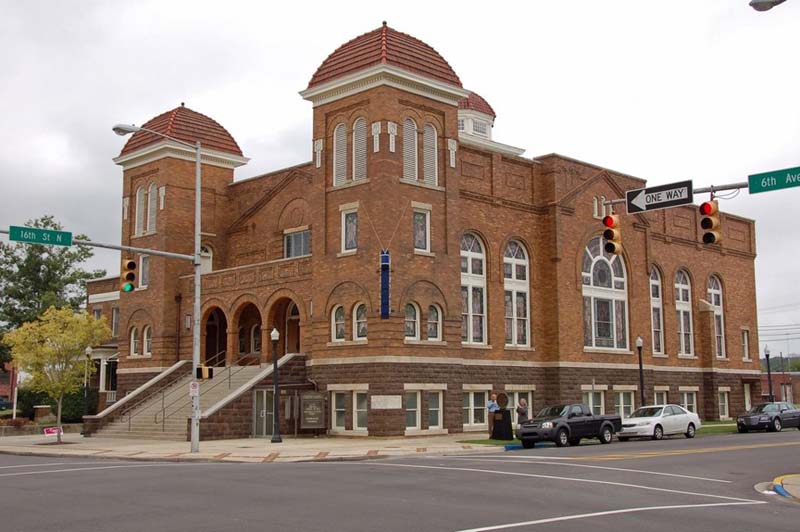
Wallace A. Rayfield, Sixteenth Street Baptist Church, Birmingham, Alabama, 1909–1911. Photograph by Dell Upton, 2009. This famous civil-rights church was the product of an African American architect and a black-owned construction firm.
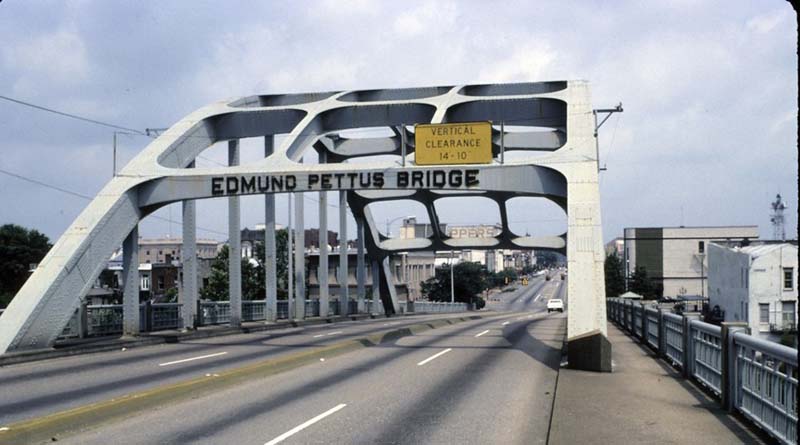
Henson Stephenson, engineer, Edmund Pettus Bridge, Selma, Alabama, 1939–1940. Photograph by Dell Upton, 1997. A noteworthy structure in its own right, Edmund Pettus Bridge (named after a Confederate general and Grand Dragon the Alabama Ku Klux Klan) was the site of the Bloody Sunday police riot of March 7, 1965, when local and state police attacked civil-rights marchers attempting to walk to Montgomery to protest the police murder of Jimmie Lee Jackson in nearby Marion, AL.
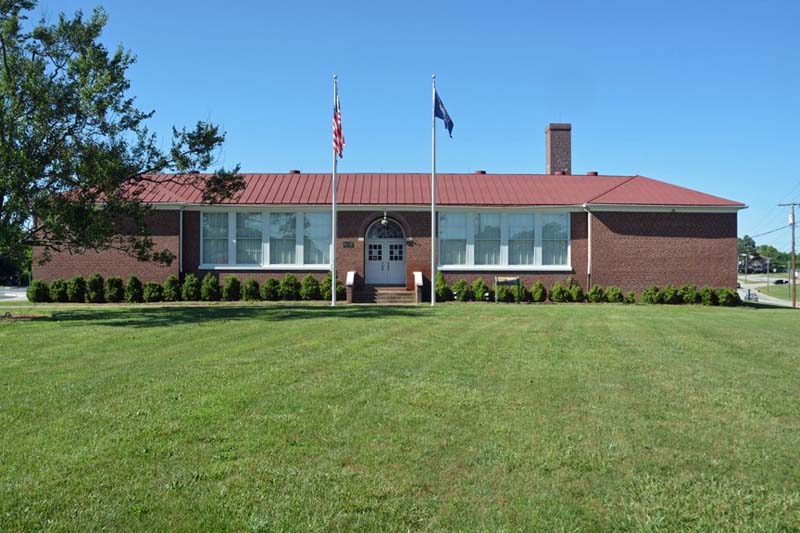
Robert R. Moton School, Farmville, Prince Edward County, Virginia, 1939. Photograph by Dell Upton, 2016. Moton School, Farmville's segregated high school for African Americans, was the site of a student strike in 1951 that protested inferior facilities. As the school's population grew, the school board had provided tar paper shacks as new accommodations. The strike resulted in a lawsuit that was one of the cases folded into Brown v. Board of Education. The school was named after Prince Edward native Robert R. Moton, Booker T. Washington's aide and successor at Tuskegee Institute.
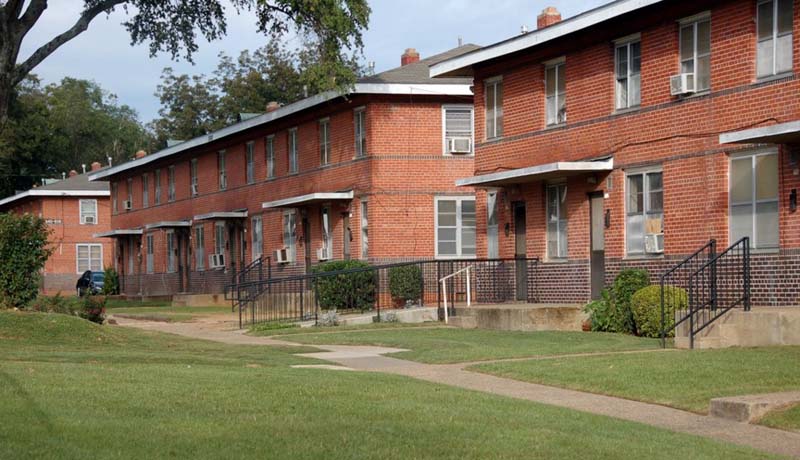
Moreland G. Smith for the USHA, Cleveland Courts, Montgomery, Alabama, 1940–1941. Photograph by Dell Upton, 2009. The architect, M. G. Smith, was head of the Alabama Advisory Committee of the U. S. Commission on Civil Rights in the 1950s and 1960s. Raymond and Rosa Parks lived here from 1951 until they moved to Detroit in 1957.
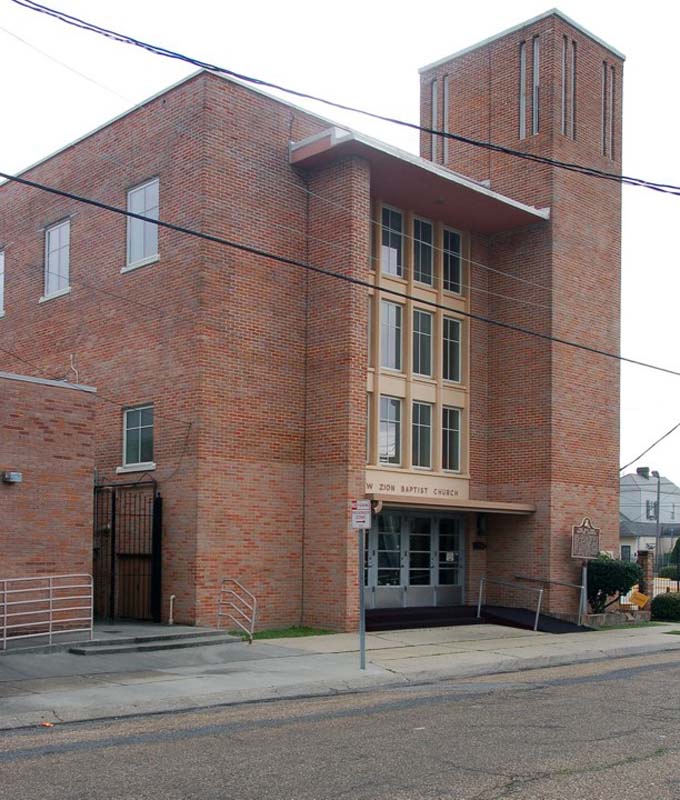
Nolan, Norman and Nolan, New Zion Baptist Church, New Orleans, Louisiana, 1949. Photograph by Dell Upton, 2012. The Southern Christian Leadership Conference was formalized as a permanent organization here in 1957. Now the headquarters of the Louisiana Missionary Baptist Convention. A. L. Davis, Jr., the pastor when this structure was erected, was also New Orleans' first black city councilman.
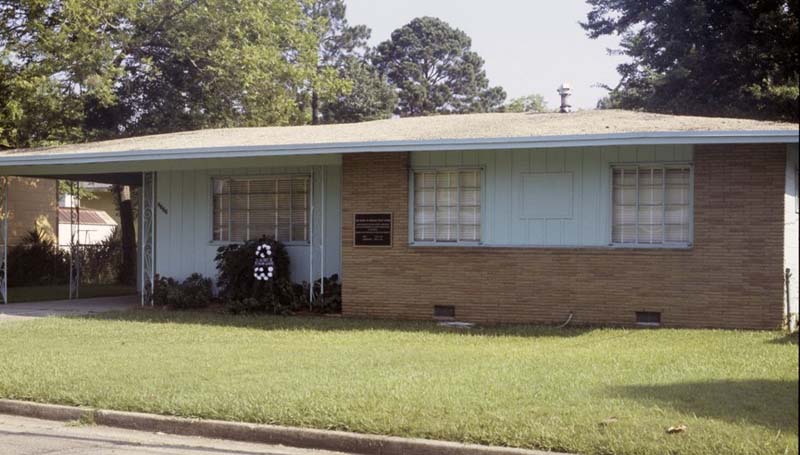
Medgar and Myrlie Evers House, Jackson, Mississippi, 1957. Photograph by Dell Upton, 2004. Medgar Evers, head of the Mississippi NAACP, was assassinated in the driveway of his home on June 13, 1963. Entrance is through the car port. House lacks a front door for safety reasons.
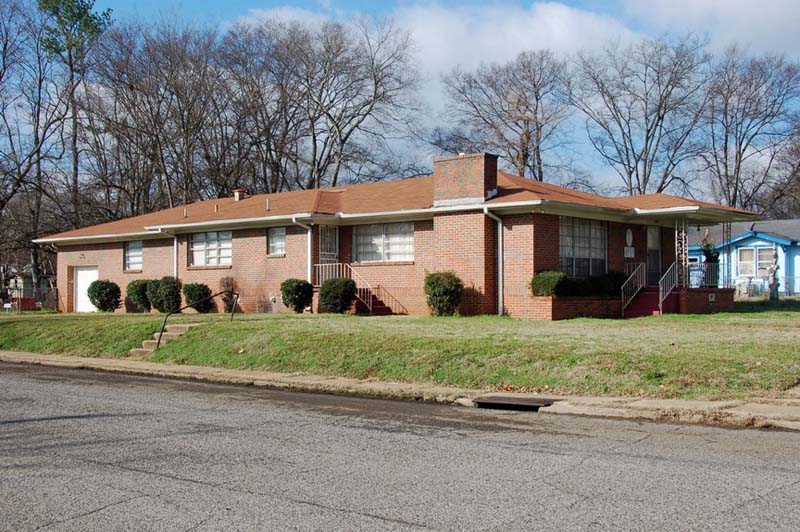
A. D. King Parsonage, Ensley, Alabama, originally ca. 1960, rebuilt 1963. Photograph by Dell Upton, 2012. A. D. King, the brother of Martin Luther King, Jr., was pastor of the Ensley Baptist Church from 1961–65 and lived in this house when it was bombed in May 1963 during the Project C demonstrations in Birmingham.
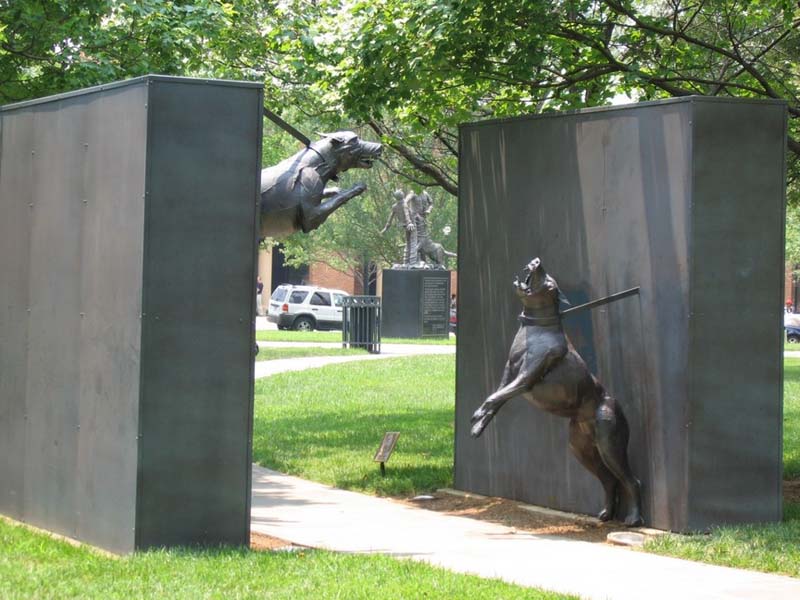
James Drake, Police Dog Attack, Kelly Ingram Park, Birmingham, Alabama, 1993. Photograph by Dell Upton, 1999. Kelly Ingram Park, formerly West Park, was the scene of most of the most dramatic incidents of the Civil Rights movement's Project C, April–May 1963. Until that time, it was a segregated park, forbidden to African Americans. Beginning in the late 1980s, the park was redesigned and filled with monuments that celebrated the events of 1963, in conjunction with the construction of the Birmingham Civil Rights Institute across the street.
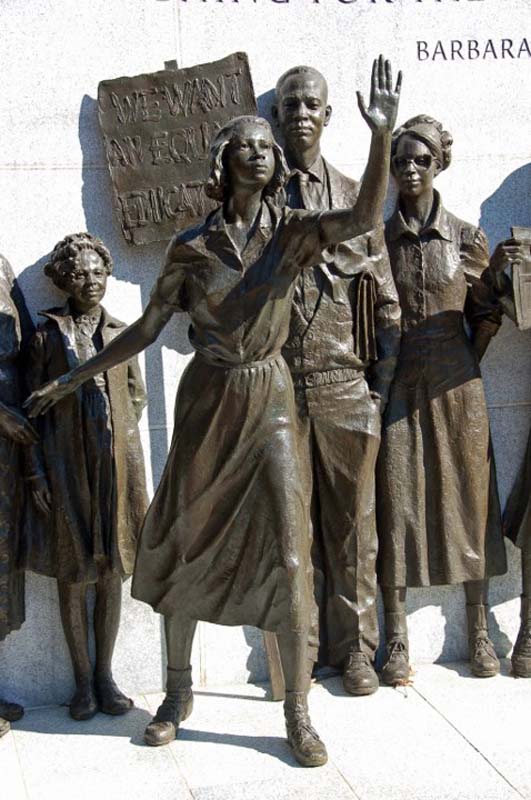
Stanley Bleifeld, Civil Rights Memorial, Virginia State Capitol, Richmond, Virginia, 2005–2008. Photograph by Dell Upton. Honors both the students who walked out of Moton High School in Farmville in 1951 and the Civil Rights lawyers Oliver Hill and Armistead Robinson.
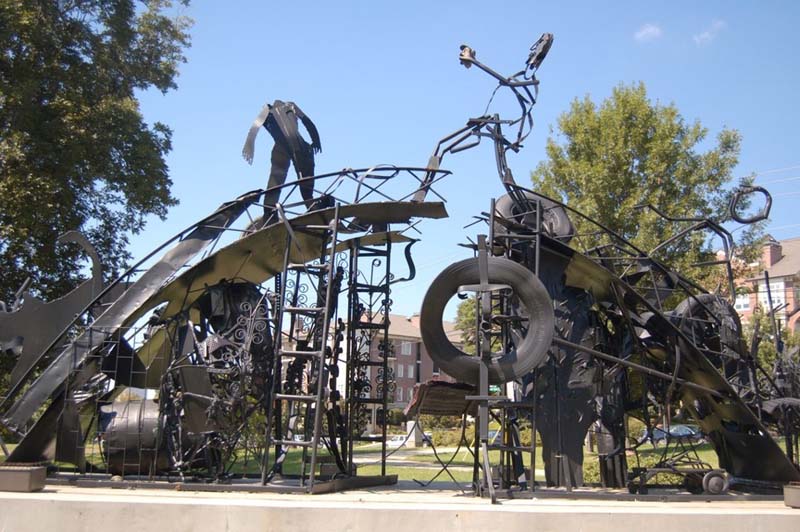
Thornton Dial, Jr., The Bridge, Freedom Park, Atlanta, Georgia, 2005. Photograph by Dell Upton, 2006. Erected by a group called C.A.U.T.I.O.N. to honor Rep. John Lewis for his help in preventing the proposed Freedom Parkway from cutting through their neighborhood. It depicts Lewis's experience at Selma, Alabama, on Bloody Sunday, May 1965, when a group of civil-rights marchers attempted to cross the Edmund Pettus Bridge but were repelled by the violent actions of local and state police.
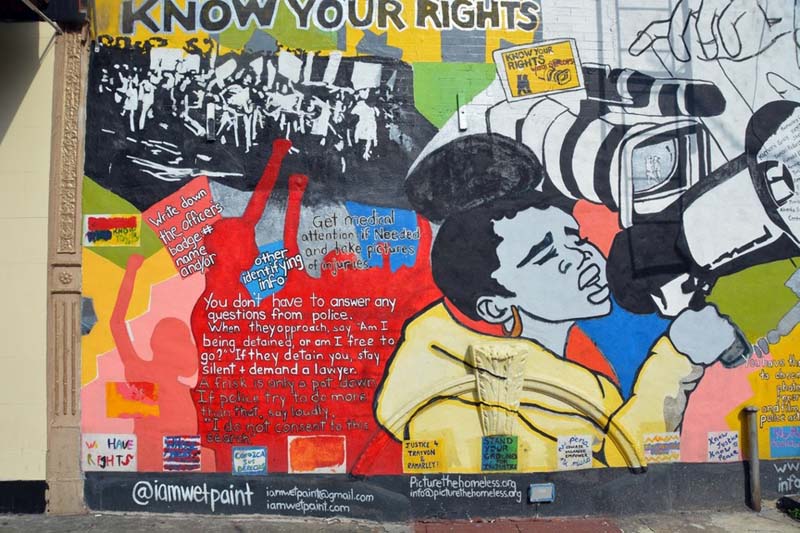
Sophie Clayton, Shianti Bratcher, and Mary Gordon, Know Your Rights, 145 West 138th Street, New York, New York, 2013. Photograph by Dell Upton, 2014. A mural encouraging Harlemites to be aware of their rights when dealing with the police.

MASS Architecture and Design for the Educational Justice Initiative, National Memorial for Peace and Justice, Montgomery, Alabama, 2018. Photograph by Dell Upton, 2020. Each steel slab honors victims of lynching in communities across the United States.